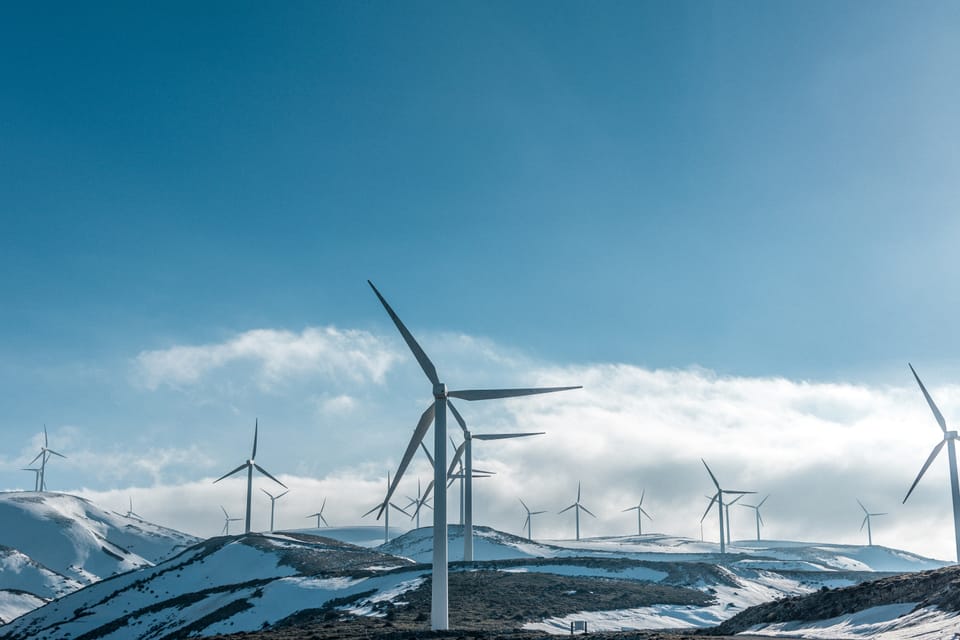EU energy generation greenest yet, data show

Renewables comprised more than half of all power generation in Europe in the first six months of 2024, according to the latest figures from Eurelectric’s data platform.
Some 74% of electricity produced in the EU through June came from renewable and low-carbon energy sources, industry association Eurelectric said, due to an “unprecedented influx of renewables on the grid combined with the stabilisation of the nuclear fleet.”
Some 50% of the emissions-free power produced from January to June was from wind and solar, while 24% was from nuclear, Eurelectric said.
Coal produced 9% of the bloc’s electricity and gas 13%, the lowest shares for each fossil fuel for the same period in any year thus far. The main force behind Europe’s increasingly greener energy mix is the rapid installation of renewable capacity. The bloc built 56 gigawatts (GW) of new solar capacity in 2023, the highest in any year to date, and 16GW of wind capacity.
“The pace of change is impressive. These figures document that the decarbonisation efforts of electricity companies are years ahead of any other sector," said Secretary General of Eurelectric, Kristian Ruby.
Eurelectric noted that power demand, however, remains low due to sluggish growth, mild weather, and deindustrialisation. Demand for power in the first half of 2024 was 2.6% lower than in the same period of 2022.
Prices see big swings
Energy prices across Europe surged in 2022 after Russia cut gas supplies to the bloc, resulting in an energy crisis that forced industries and consumers to burn less energy to curb bills. Now, low demand has pushed prices for solar and wind into the negatives in recent weeks.
More renewables will help the EU meet its climate targets and reduce dependence on imported fossil fuels, though surges in capacity make it harder to balance the grid.
Ruby urged policymakers to invest in upgrading power grids to cope with bigger shares of renewables capacity, such as by adding storage capacity to hold excess power so it doesn’t get wasted.







Member discussion